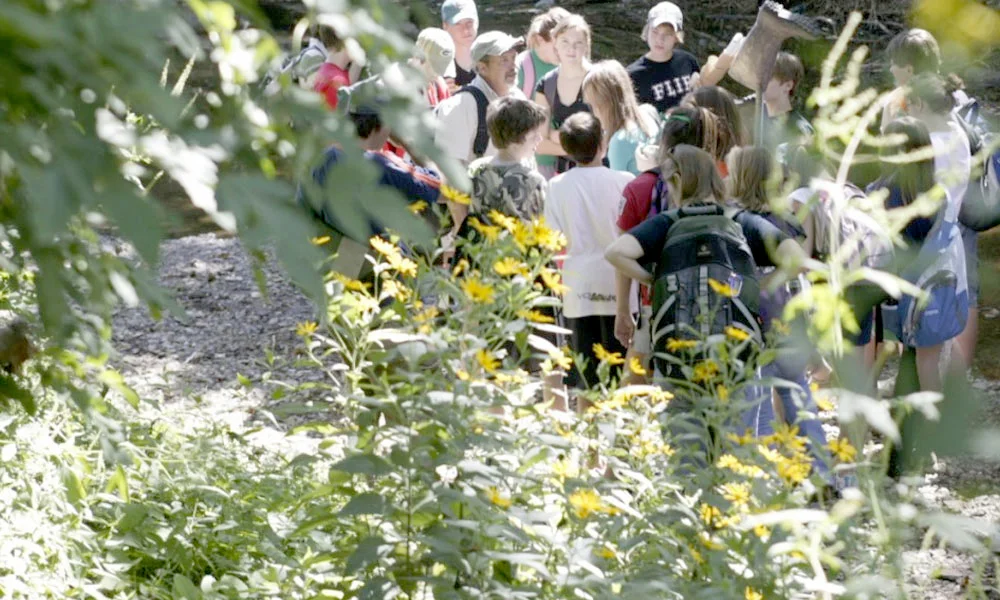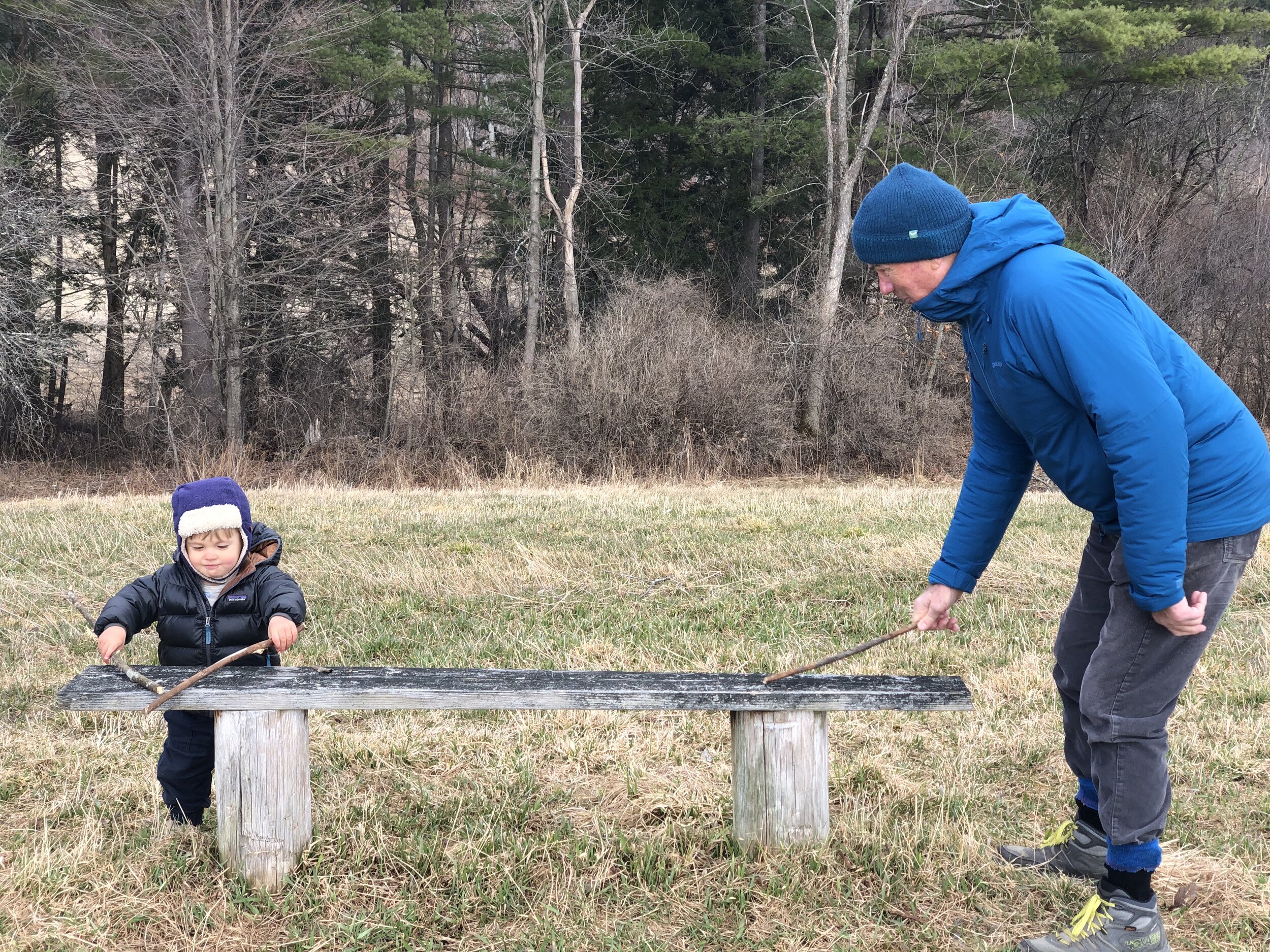The barn on the Vermont farm where I grew up.
What follows are my brief reflections on now…with no great insights into education…just an attempt to get some perspective on NOW…so that maybe insights will come.
Let’s see…how many ways are these days difficult…unsettling…upsetting…untethering…depressing…unnerving…challenging?
There is the pandemic. Even living in Middlebury, Vermont, one of the “safest” places in the U.S., when I’m out and about town (or even visiting my children, who may have just returned from NYC, or NJ, or Boston), I’m always on the alert, paranoid that the virus is floating in the air…entering my lungs.
Then there is all the conflicting “information” about the pandemic. What to believe? Who to believe?
Then there is the economic recession caused by the pandemic. What seemed secure, comfortable even…now, not so much.
Then there is the fact that Vermont just finished the hottest June and July in history. The climate crisis is a fact. Every day new evidence comes to the fore. Here is Bill McKibben on July 29, 2020.
As if my body and economic well-being under the threat of a virus and the climate crisis is not enough, the efficacy of my economic/social/political construct is now unmoored by reasonable revisions of the history I was taught. It turns out “these truths” of “life, liberty, and the pursuit of happiness” were not meant for all. The founders of the U.S., all white men, most of considerable wealth, composed a constitution that would facilitate the consolidation of power among them…for generations. I have been a beneficiary. I would not have what I have today without the inheritance from others and the political and economic systems that permit and perpetuate it.
Now, how do I feel about that?
And, while I plumb the depths of my feelings there, let’s layer on some guilt: to what extent have I been complicit in the systemic racism upon which that consolidation of power among the elite, mostly white males, is built?
To explore this history and hopefully to reach a deeper understanding of it and myself, I’ve read four powerfully written books: American Nations: A History of the Eleven Rival Regional Cultures of North America by Colin Woodard, These Truths, A History of the United States by Jill Lepore, How to Be an Antiracist by Ibram X. Kendi, and How to Be Less Stupid about Race by Crystal M. Fleming.
Woodard’s American Nations traces the history of our fractured continent, offering a revolutionary and revelatory take on American identities, and how the conflicts between them have shaped our past and continue to mold our future. From the Deep South to the Far West, to Yankeedom to El Norte, Woodard reveals how each region continues to uphold its distinguishing ideals and identities today, with results that can be seen in the composition of the U.S. Congress or on the county-by-county election maps.
Lepore’s history is a chronological sweep that delves into the horrors of conquest, slavery, and recurring prejudices…while she also illuminates the origins of the passions and causes that still inspire and divide Americans. In the end (after some 782 pages), in 2018, she wonders about what will come next, after Trump. Lepore creates an elaborate (and I think, hopeful) metaphor of a new generation that could reconstruct the tattered ship of the American state:
It would fall to a new generation of Americans, reckoning what their forebears had wrought, to fathom the depths of the doom-black sea. If they meant to repair the tattered ship, they would need to fell the most majestic pine in a deer-haunted forest and raise a new mast that could pierce the clouded sky. With sharpened adzes, they would have to hew timbers of cedar and oak into planks, straight and true. They would need to drive home nails with the untiring swing of mighty arms and, with needles held tenderly in nimble fingers, stitch new sails out of the rugged canvas of their goodwill. Knowing that heat and sparks and hammers and anvils are not enough, they would have to forge an anchor in the glowing fire of their ideals. And to steer that ship through wind and wave, they would need to learn an ancient and nearly forgotten art: how to navigate by the stars.
Ibram Kendi and Crystal Fleming are that new generation. And to begin the reconstruction of the American state each of them reinforces Lepore’s history of the U.S., with particular emphasis and focus on racist white supremacist policies. They relate the graphic and horrific history of discrimination, citing detailed examples.
Kendi carefully differentiates between racist and antiracist policy. He focuses on policy, not behavior. He contends that policy is the driver, behavior will change if policy changes.
While Flemming certainly takes on racist white supremacist policy, her lens is more focused on individual behavior…and the necessary change. She confronts these behaviors with blunt, in your face honesty.
For me, what saved both books from being just histories and/or diatribes, is that into their advocacy for change both Kendi and Fleming integrate their narrative of personal change. Their personal stories are testimony to the ways personal change can occur. Their stories become an entry point for the reader, an invitation to imagine ways to change and act.
In the end, Flemming actually maps out 10 steps for becoming racially literate. She sets the stage for the steps by invoking Martin Luther King’s April 4, 1967 speech at the Riverside Church in Harlem. If hadn't read it in years. If you don’t know it, read it now. That his words ring so true 53 years later is sobering (to say the least; yet also compelling to DO SOMETHING! ABOUT IT! And as of today, July 29, 2020, add John Lewis’s brief essay in the New York Times, written two days before his death, to be published on the day of his funeral today.
Flemming’s suggestions end with, Choose an area of impact that leverages your unique talents.
She also makes the final point that:
The outcome of this struggle is uncertain. Nothing is promised. But no matter how impossible the odds may seem, no matter how daunting the history of oppression feels, change is always possible. We can imagine a less harmful world, one in which white supremacy and heteropatriarchy and class oppression no longer exist, where love and interdependence are valued above power and dominance. The amazing thing about being alive is that we can imagine this world, even if we never live to see it. And we can choose to commit ourselves, moment by moment, day after day, to the always unfinished work of overcoming.
I have found the combination of these four authors’ research and thinking to be sobering and uplifting. I am more grounded in an accurate account of what actually happened in our history, though I am equally appalled and ashamed. I am much more clear about the foundation and vision of Black Lives Matter.
And, with this reflection, I am resolved to DO SOMETHING ABOUT IT with my unique talents. For one, I will work on Fleming’s suggestion #4: Empower young people to understand systemic racism.
Comet Neowise photographed by nephew, Isaac Cadwell Levine



























